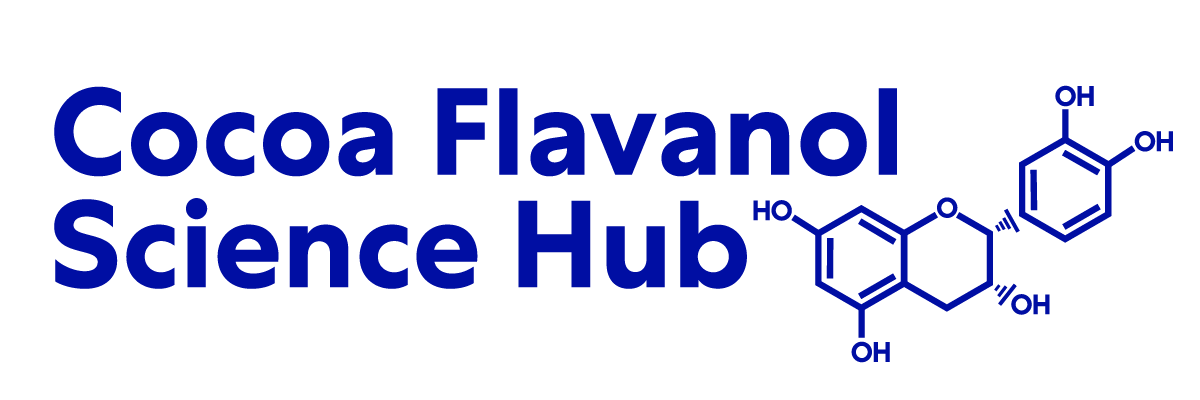Cocoa procyanidin chain length does not determine ability to protect LDL from oxidation when monomer units are controlled.
Cocoa flavan-3-ols (catechin, epicatechin and oligomeric procyanidins) were tested for their ability to decrease LDL oxidative susceptibility and spare alpha-tocopherol (alpha-toc) in vitro. Physiologic concentration (0.10-0.50 &mgr;M) of flavanols were used. The flavanols increased LDL conjugated diene lag times dose-dependently from 23-207% and 15-143% in response to copper and AAPH oxidation, respectively, and delayed alpha-toc consumption. Sparing of LDL alpha-toc represents a possible mechanism for flavanols to enhance the resistance of plasma and LDL to oxidative stress. Procyanidins decreased LDL oxidative susceptibility with increasing chain length. However, when based on equivalent amounts of monomeric units, they inhibited LDL oxidation to a similar extent. This suggests that antioxidant activity of procyanidins with biologic substrates is not attributable tochain length or charge delocalization through polymeric linkages, but primarily to ring structures and catechol groups. Additionally, human plasma was analyzed for the presence of oligomeric procyanidins following consumption of a flavanol-rich cocoa product. Procyanidin dimers were detected in plasma concordant with the appearance of monomeric flavanols, with a peak of 0.08 +/- 0.01 &mgr;mol/L (n = 6) at two hours after consumption. Thus, this paper confirms the occurrence of procyanidins in human plasma, and extends previous structure-function observations regarding flavanoid protection of LDL.
See the Full Study > (opens in a new tab)









